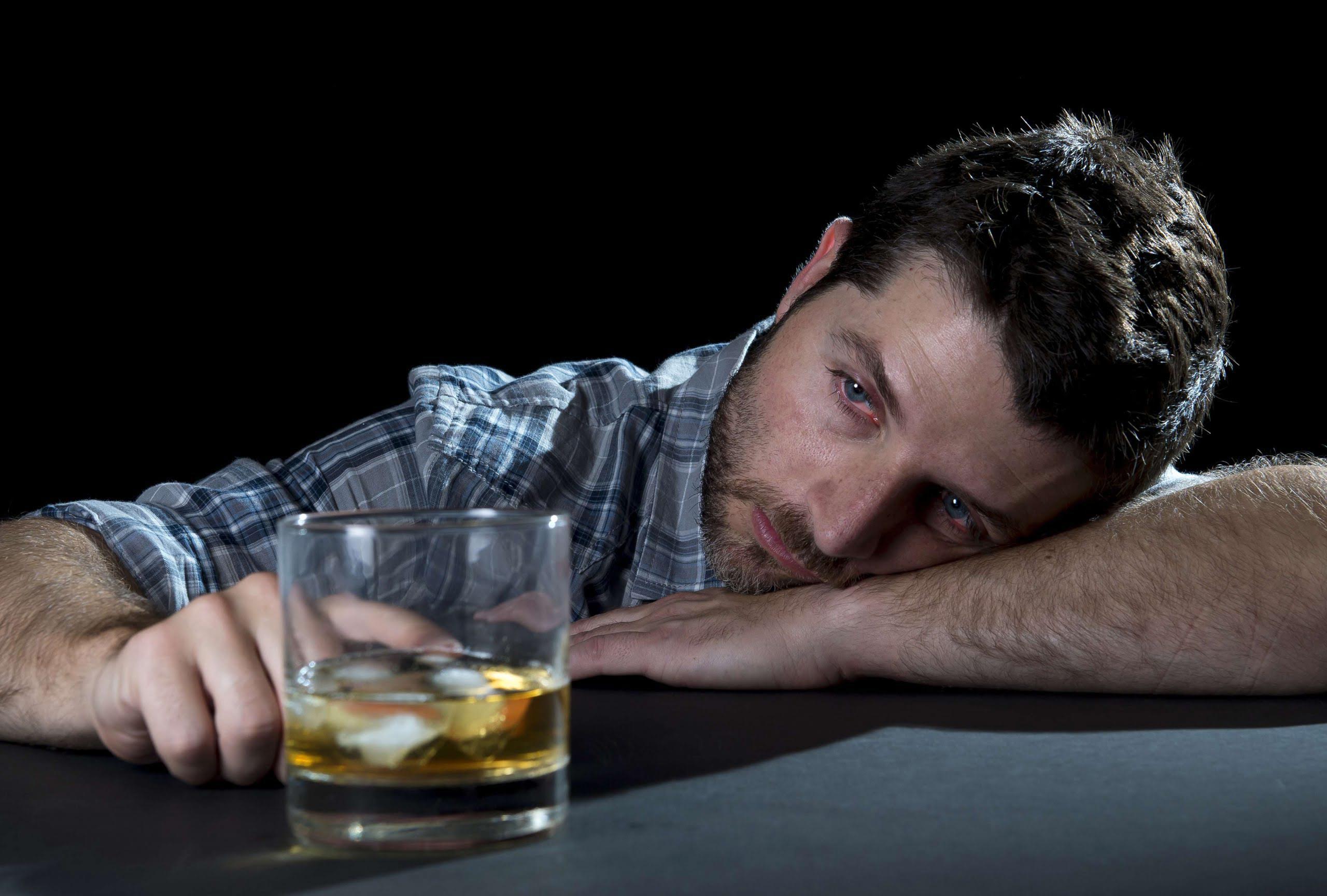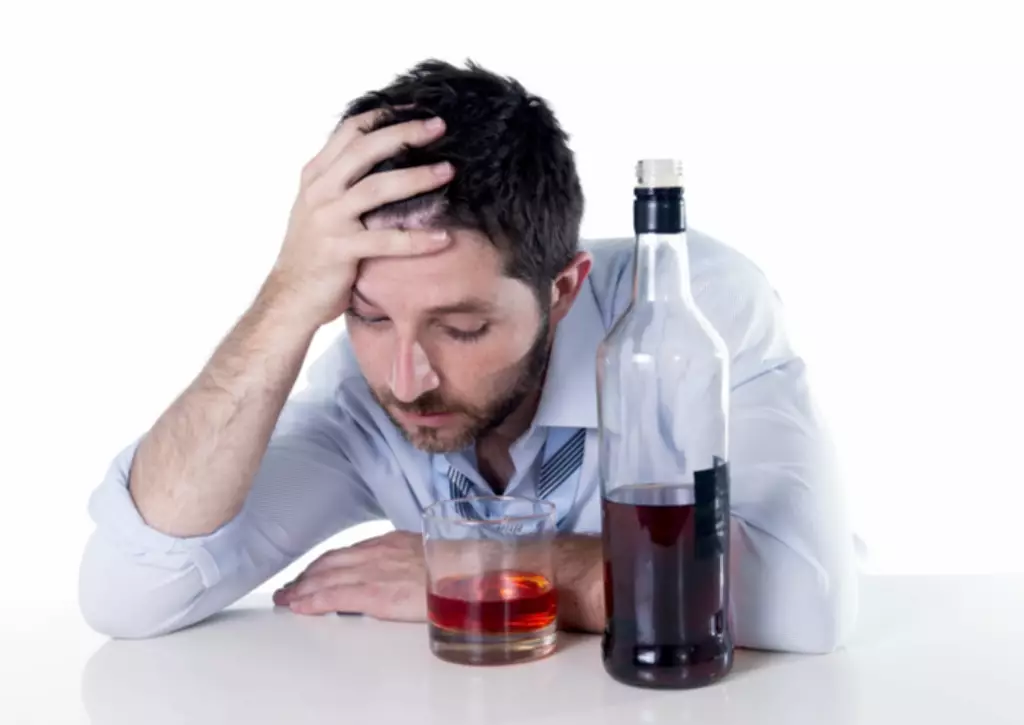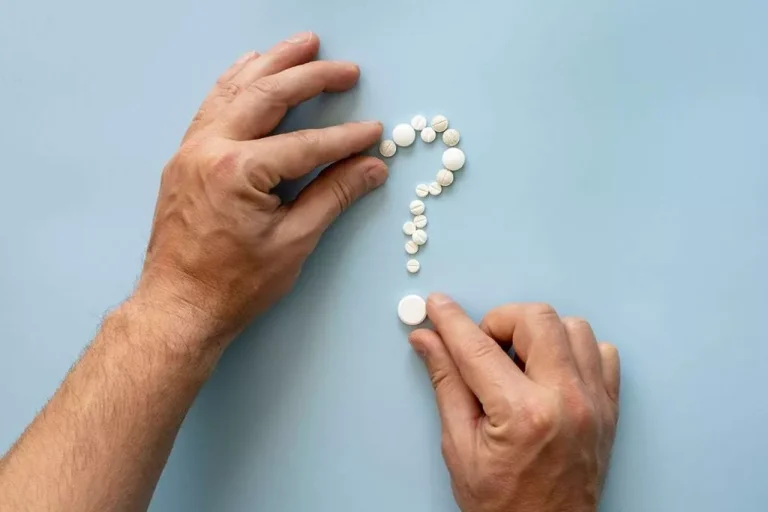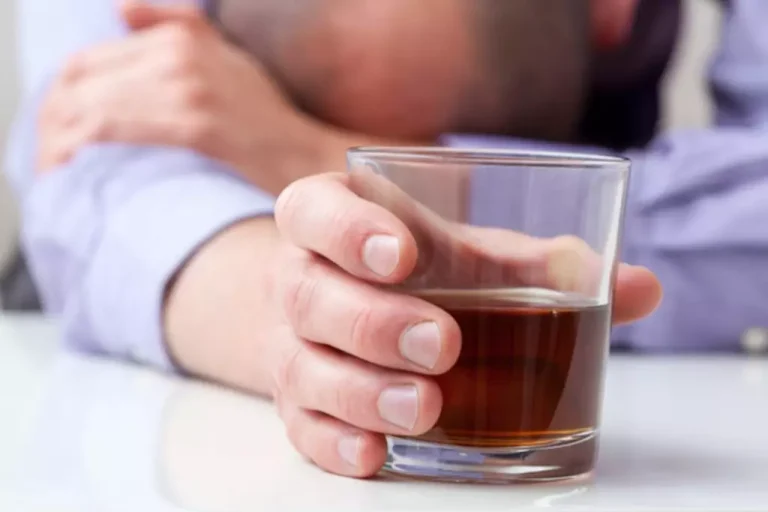Conflict avoidance is a type of people-pleasing behavior that typically arises from a deep rooted fear of upsetting others. This anxiety might cause you to avoid or sidestep important conversations. During confrontations, you can try to practice anxiety-management techniques. Perhaps you have fears over how your partner will react if you bring up an issue, or maybe you have anxiety over feeling vulnerable in front of someone else.
More in Communication
In others you may be dealing with a sociopath or psychopath. If you’re not sure, think about all the times you have hung out with this person. Can you remember a time when he or she did not have a drink in hand? In addition to a bad upbringing which induced shame and low self-esteem, alcohol only weakens the person’s ability to handle stress and conflict. In Aronoff’s experience, role-playing and mock simulation conflict scenarios can also help HR professionals develop better conflict resolution skills. He recommends starting small by addressing a conflict with someone that you have a good relationship with, so that the experience will be less threatening.

The FAA gives Boeing 90 days to fix quality control issues. Critics say they run deep
- You prefer to be seen as the “nice person” at work, for example, or may shy away from open, healthy conflict so as not to rock the boat.
- Although you might feel like what you are doing is terrible, those on the receiving end will probably see it as a minor issue.
- You may often do this because you are afraid of getting hurt, being rejected, or feeling uncomfortable.
However, it’s important that you laugh with the other person, not at them. When humor and play are used to reduce tension and anger, reframe problems, and put the situation into perspective, the conflict can actually become an opportunity for greater connection and intimacy. The consequences of conflict avoidance can be very damaging to a relationship. When two people avoid conflict, they are not communicating their needs and desires to each other. The relationship becomes based on assumptions and expectations rather than communication. Oftentimes, an individual who is chronically confrontational and hostile simply isn’t being her or himself.
What sort of body language should I use during a stressful conversation?
- Conflict-avoidant people have an extreme fear of disappointing or being abandoned by others, so they’ll figure out ways to deny or minimize problems so they don’t have to discuss them.
- No matter the start to life, as adults conflict avoiders end up feeling that sharing their opinions, thoughts and feelings is scary and not worth it.
- By doing so, they create an advantage from which they can exploit your weaknesses.
- When you really listen, you connect more deeply to your own needs and emotions, and to those of other people.
- Likely, it means the product advertised is either a power purchase agreement (PPA) or a solar lease.
Instead of yelling at your partner that they don’t love you any more or that they are a bad person for not spending more time with you, focus on how you are feeling. Developing a better understanding of why you are hesitant to bring up an issue within your relationship may help you better express yourself to your partner, leading to more impactful conversations. A 2021 study, for instance, analyzed same-sex relationships and how they managed conflict https://missouridigest.com/top-5-advantages-of-staying-in-a-sober-living-house/ during the COVID-19 pandemic. The study found that people were more conflict avoidant during the pandemic, which led to lower levels of satisfaction in the relationship. In a committed romantic relationship, there are often challenges and conflicts you and your partner will face. The challenges occur because a relationship consists of two individuals, each with their own goals, motives, and desires that don’t always align with one another.
If you can’t generate a win-win idea, you can always fall back on compromise. In workplace conflicts—where your goals are typically important and you care about maintaining a lasting relationship with colleagues—avoidance can be detrimental. Effectively resolving disputes as they arise benefits your employees’ well-being and your company’s financial health.
Overcome the Fear of Conflict With Therapy
Once you have started to experience success in dealing with conflict, you will begin to elevate your self-confidence. And that leads to an awareness that you do not have to avoid conflict. The conflict may offer a valuable growth experience that you would have missed through avoidance. There are times when you may feel like you’re “stuck” with a very difficult person, and there’s “no way out.” In these situations, think outside the box.
Here’s a guide to disagreeing with respect and understanding.
- When you communicate openly and honestly with your partner, you are able to share your thoughts and feelings with them.
- There’s fierce competition in the residential solar industry.
- If you’ve hurt the other person, take responsibility for your actions and be prepared to apologize before discussing how to move forward.
- Remember that disagreeing provides deeper understanding and makes it easier to connect with our friends, partners, and co-workers.
As they don’t share their true thoughts and feelings, they feel more and more unsafe and can actually blame their partner for why they’re not sharing! This emotional withdrawal shows up in a number Top 5 Advantages of Staying in a Sober Living House of ways, but they all equal distance in the relationship. If you are struggling with conflict avoidance and want to learn how to communicate effectively with your partner, Makin Wellness can help.


I didn’t know how to voice my opinion if it differed from someone else’s. I got a lot of kudos and positive reinforcement for “going along with the program” so that’s what I did for years (I also used heroin for many years, so you can see how that was working for me). Fear of negative evaluation theory states that people often avoid conflict because they are afraid of being seen in a negative light. This theory is based on the idea that people fear being judged, criticized, or rejected if they engage in conflict. Conflict avoidance can have several negative consequences in relationships. First, it can lead to resentment, frustration, and contempt.
The more you challenge yourself to face rather than avoid conflict, the greater potential for your personal growth. Your attempts will be respected by even your adversaries when you open up the dialogue of alternative thinking. Un-likeminded thinking, on the other hand, opens up new windows of clearer vision and new opportunities for understanding. The fictitious reality of conflict is that it is not what you think it is, but rather, a potential gift wrapped in unlimited surprises. What happens to your relationships when you continue to deny yourself?















